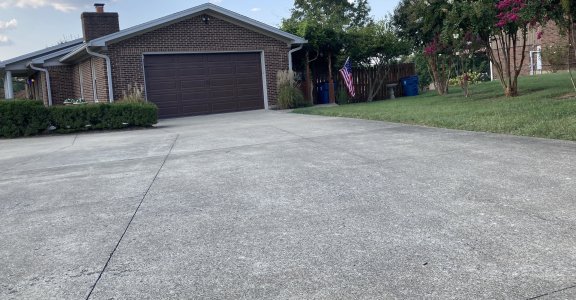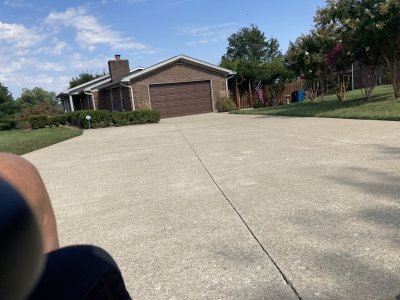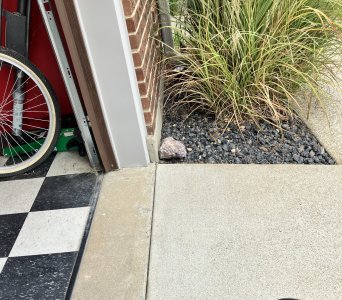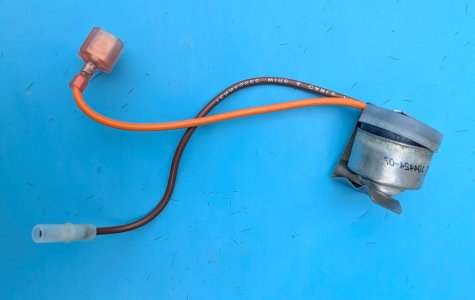Bought my fridge in 2000, Amana BR22VW. I've repaired it 2 times, 2021 and again the last 2 weeks. Both times the repair amounted to replacing a thermostat.
2021: The freezer temperature thermostat (I guessed right). The freezer had stopped being able to maintain the temperature range
2025: The defrost thermostat had become at best inconsistent and around 2 weeks ago stopped allowing the defrost heater to turn on.
Here's a photo of the bad defrost thermostat I replaced yesterday, note the bulging top, a tipoff that it was the culprit:
View attachment 131142
The last 2 weeks have been something of an odyssey trying to keep my cold storage food from going bad. Wondered if I could repair the fridge or needed to replace it. Didn't know what was wrong. It's been a learning experience. I had only vague ideas of how modern refrigerators work. Now, I have a pretty good idea of how automatic defrost works and how to troubleshoot its problems. I posted at r/appliancerepair and got some direction, watched a bunch of videos, read stuff. Bought a new defrost timer, but determined that the one I had seems OK. I put in the new one anyway, WTH. Figured the problem had to be either the defrost thermostat or the heater, but what I experienced convinced me the heater worked, at least after I manually defrosted the freezer. When I did that I saw the deformed defrost thermostat and deduced there was a 90% chance that was the issue and ordered a new one. I was right.







